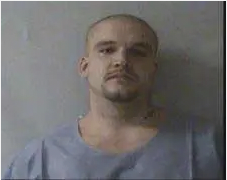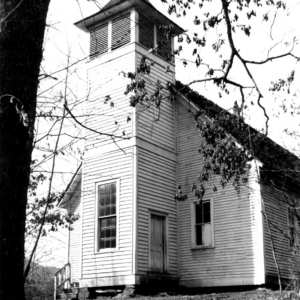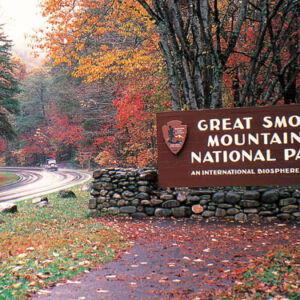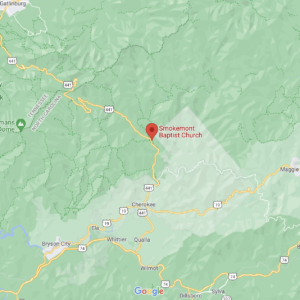In 2015, when a young man shows up dead in a doorway of a historic church in Great Smoky Mountains National Park, rumors about who stabbed him to death run rampant in communities surrounding Cherokee, North Carolina. The identity of the predators who took his life surprise those closest to the victim and people living on the sacred land they considered to be a sanctuary in its own right.
The Episode
- National Park Service: Special Agents investigate a murder in the Smokies, by NPS.
- Greenville News (Greenville, SC): Details still few in Smokies park homicide, by Sabian Warren.
- Sevier News Messenger (Sevier County, TN): FBI Identifies Man Found Dead in Smokemont Baptist Church in the Smokies, by Candice Fitzgibbons.
- Smoky Mountain News (Waynesville, NC): FBI investigating apparent homicide in the Smokies, by Holly Kays.
- The Sylva Herald (Sylva, NC): March victim was stabbed repeatedly, by Quintin Ellison.
- Greenville News: Report: Victim in Smokies church killing stabbed 19 times, by Sabian Warren.
- Asheville Citizen-Times (Asheville, NC): Man charged with murder in Smokies church slaying, by Leah Buletti.
- National Park Service: Man pleads guilty to first degree murder in Great Smoky Mountains National Park, by NPS.
- The Cherokee One Feather (Cherokee, NC): SC man receives 16 years for Smokemont murder, by Anthony Brown.
- The United States Attorney’s Office: Cherokee, N.C. Man Sentenced To Four Years For His Role in 2015 Murder At Smokemont Baptist Church, by USAO – North Carolina, Western District.
- Smoky Mountain News (Waynesville, NC): Sentence delivered in 2015 Smokemont murder, by Holly Kays.
- Raleigh News & Observer: America’s Drug Problem Hits home for North Carolina’s Cherokee Tribe by Thomasi McDonald.
- WLOS News: FBI IDs man found dead in church by Rex Hodge.
- Pickens County Courier: Easley man sentenced in church murder. By Jason Evans.
- Forrest Dakota Hill BOP Profile:
- Jonathan Hill BOP Profile:
- Sevier News Messenger: Man Sentenced in Smokies Fatal Stabbing. By Candice Fitzgibbons.







